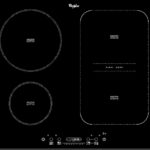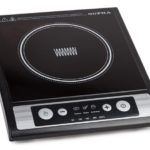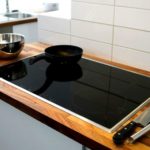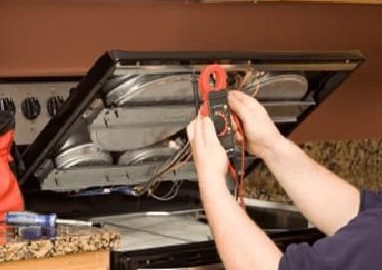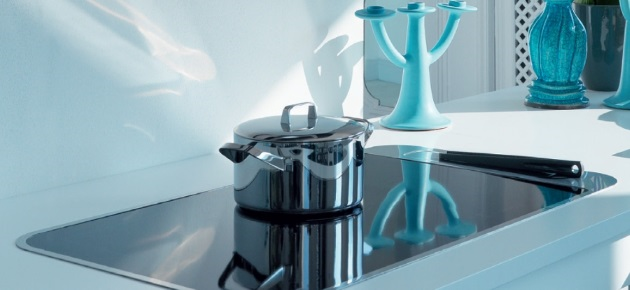What kind of socket is needed for the hob?
When purchasing high-power household appliances, which include electric hobs, appliance owners most often face two problems.
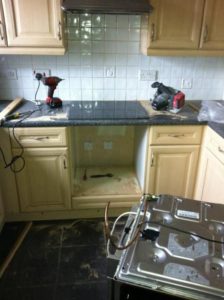 First: the wiring has already been laid, so it is advisable to focus on its characteristics, which often limits the choice. The second is the opposite - you need to connect the power supply line, focusing on the features of the hob. But for both cases the following information is important.
First: the wiring has already been laid, so it is advisable to focus on its characteristics, which often limits the choice. The second is the opposite - you need to connect the power supply line, focusing on the features of the hob. But for both cases the following information is important.
The content of the article
What kind of socket is needed for the hob?
Often such equipment is not equipped with a fork at all. It is more expedient to connect it to a separate power line, equipped with a panel with a circuit breaker and a residual current device (RCD).
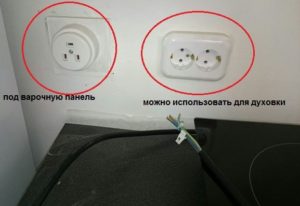 Electric hobs can be equipped with a cable, but more often they are supposed to be connected to the network directly through the terminal blocks. If there is a plug or the user for some reason considers a classic socket a more convenient option, it is important to carefully study the operating instructions. Particular attention is paid to the technical specifications section, where the power of the device is indicated.
Electric hobs can be equipped with a cable, but more often they are supposed to be connected to the network directly through the terminal blocks. If there is a plug or the user for some reason considers a classic socket a more convenient option, it is important to carefully study the operating instructions. Particular attention is paid to the technical specifications section, where the power of the device is indicated.
General requirements for the outlet
Much depends on the type of network connection. So, with single-phase, the following parameters are relevant:
- for a panel with a power of up to 3.5 kW you need a 16 A socket;
- up to 5.5 kW - 25 A;
- do not exceed 7.2 kW - 32 A;
- up to 8.8 kW - 40 A.
With three-phase:
- up to 3.5 kW - 20 A;
- up to 7 kW -32 A.
It is unacceptable to use sockets without a grounding contact.
What kind of wire is needed
Regardless of the number of phases and, accordingly, the number of cores in the cable, the use of aluminum wires is strictly prohibited. Only copper.
Strict adherence to the recommended section is also mandatory, because safety is at stake. Yes, for:
- panels with a power of up to 3.5 kW use cables with a core diameter of 2.5 mm;
- up to 5.5 kW - 4 mm;
- no more than 7.2 kW - 6 mm;
- up to 8.8 kW - 10 mm.
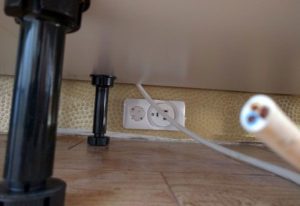 Knowing the symbols will help you avoid confusion with multi-core cables when connecting an electric hob to the network. Zero is marked with the letter N on the diagram and with blue (less often gray) insulation of the core. Grounding corresponds to a yellow-green or simply green color and the designation PEN (PE). Sometimes on the diagram the ground is not marked with letters, but this does not make it any more difficult to figure out. Phase L corresponds to wires of black, brown and red colors.
Knowing the symbols will help you avoid confusion with multi-core cables when connecting an electric hob to the network. Zero is marked with the letter N on the diagram and with blue (less often gray) insulation of the core. Grounding corresponds to a yellow-green or simply green color and the designation PEN (PE). Sometimes on the diagram the ground is not marked with letters, but this does not make it any more difficult to figure out. Phase L corresponds to wires of black, brown and red colors.
When choosing a place to install an outlet, it is better to stay above the panel or to the side of it. A hidden location, for example, under a stove, is also acceptable, but in this case you should consider options for quick access to it.

